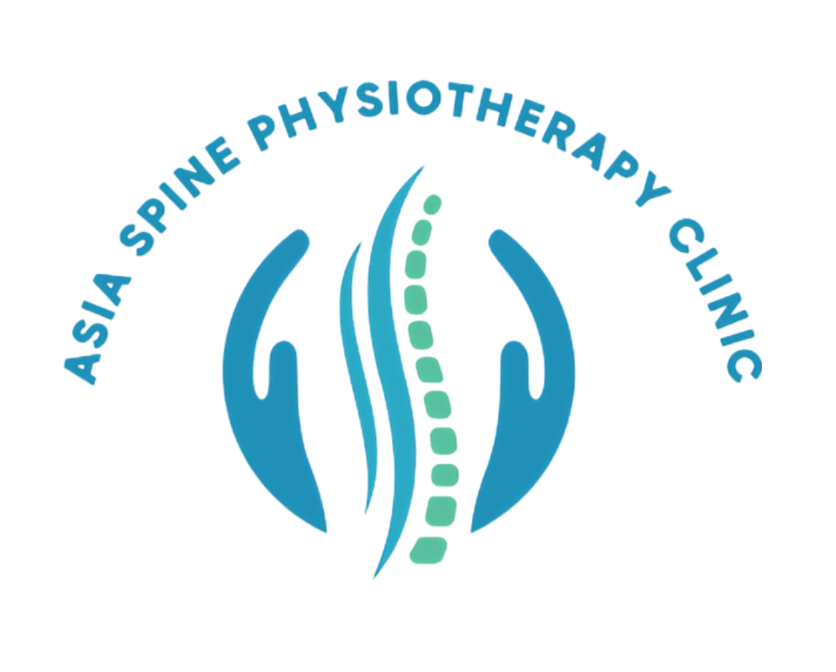+918048034108

This is your website preview.
Currently it only shows your basic business info. Start adding relevant business details such as description, images and products or services to gain your customers attention by using Boost 360 android app / iOS App / web portal.
Description
Orthopedic Physiotherapy Rehabilitation is a specialized form of physical therapy aimed at treating musculoskeletal injuries, disorders, and surgeries that affect bones, joints, muscles, ligaments, tendons, and other soft tissues. This rehabilitation focuses on restoring mobility, strength, and function, while alleviating pain and preventing further injury. It is commonly used in recovery after orthopedic surgeries, fractures, sprains, strains, and conditions like arthritis. Key Components of Orthopedic Physiotherapy Rehabilitation: Assessment and Diagnosis: The physiotherapist starts by assessing the patient's condition through a detailed history and physical examination. They may also use imaging tests like X-rays, MRIs, or ultrasounds to help diagnose the issue. Common conditions treated include fractures, joint replacements, tendon injuries, sports injuries, arthritis, spinal disorders, etc. Pain Management: Physiotherapists use various techniques to manage pain, such as heat and cold therapy, electrotherapy (TENS), ultrasound therapy, and manual therapy (e.g., mobilization or manipulation). Manual Therapy: Involves hands-on techniques to manipulate joints and soft tissues. This helps to improve mobility, decrease pain, and promote healing. Examples include joint mobilization, myofascial release, and soft tissue techniques. Exercise Therapy: Exercise plays a critical role in orthopedic rehabilitation. Physiotherapists design customized exercise programs that focus on strengthening muscles, improving flexibility, and restoring joint range of motion. Strengthening exercises help support weakened muscles around an injured joint, while stretching exercises improve flexibility and prevent stiffness. Functional Training: This involves teaching the patient how to perform daily activities and work tasks with proper posture and body mechanics to prevent re-injury. This may include gait training, balance exercises, or retraining specific movements. Post-Surgical Rehabilitation: Following orthopedic surgeries (e.g., joint replacement, ligament repair, or spinal surgery), physiotherapy rehabilitation is crucial to ensure proper recovery, restore function, and prevent complications like stiffness or weakness. Education and Lifestyle Modifications: Physiotherapists educate patients about their condition, recovery process, and how to prevent future injuries. They may also offer advice on posture, ergonomic adjustments in daily activities, or activity modifications. Sports Rehabilitation: Athletes or active individuals may require sports-specific rehabilitation to return to their prior level of activity. Sports rehab often involves more advanced exercises, agility drills, and performance training. Benefits of Orthopedic Physiotherapy Rehabilitation: Pain Reduction: Helps reduce or manage pain associated with musculoskeletal injuries. Increased Mobility: Restores range of motion and flexibility in affected joints and muscles. Muscle Strengthening: Strengthens muscles and stabilizes joints, which helps prevent future injuries. Faster Recovery: Assists in faster recovery from surgeries, fractures, and injuries. Improved Functionality: Helps individuals regain the ability to perform daily tasks and return to work or sports. Prevention: Provides strategies for preventing further injury or relapse. Common Conditions Treated: Fractures: Rehabilitation following bone fractures, especially after casting or surgical fixation. Arthritis: Joint pain and inflammation, including osteoarthritis and rheumatoid arthritis. Sports Injuries: Sprains, strains, ligament injuries, and tendonitis. Spinal Disorders: Disc herniation, sciatica, or spinal stenosis. Post-Surgical Recovery: After joint replacement, ligament reconstruction, or spinal surgeries. Tendinopathies: Injuries to tendons, such as rotator cuff or Achilles tendon issues. Techniques and Modalities: Electrotherapy: Using electrical impulses to reduce pain, promote healing, and enhance muscle function. Ultrasound Therapy: Deep tissue treatment using sound waves to reduce inflammation and accelerate healing. Taping: Kinesiology taping or other taping methods to support injured areas. Cryotherapy and Thermotherapy: Cold and heat treatments to reduce inflammation and promote blood flow.


(1).jpg)